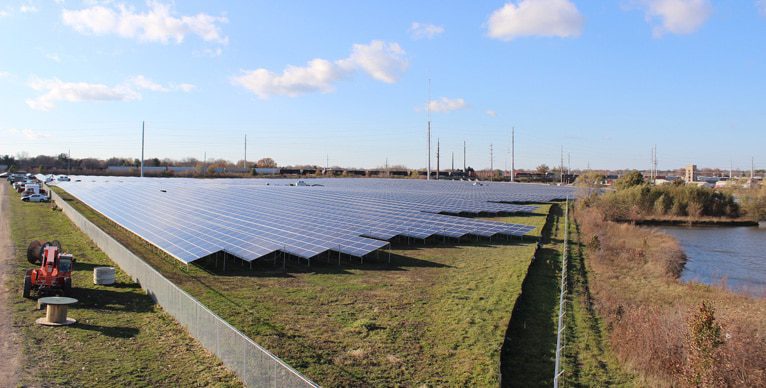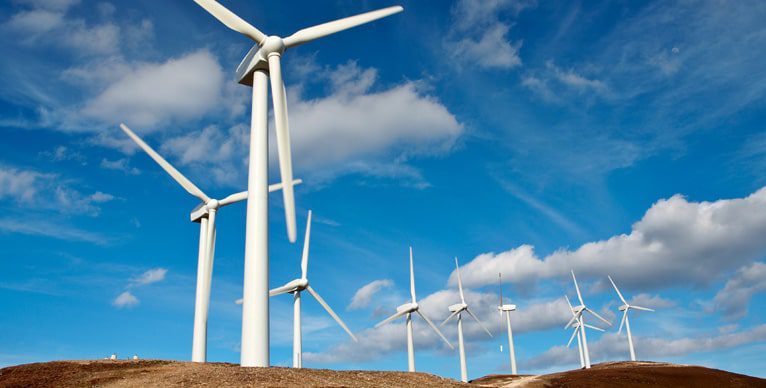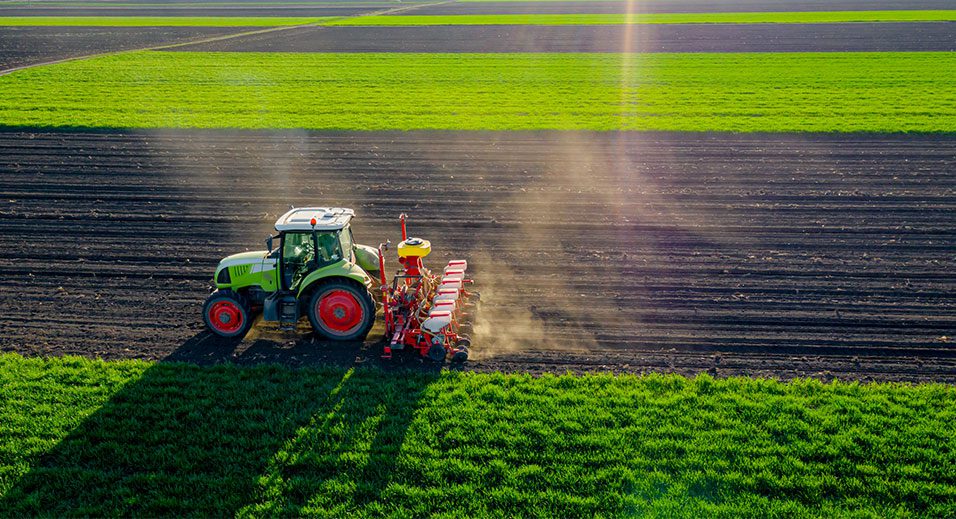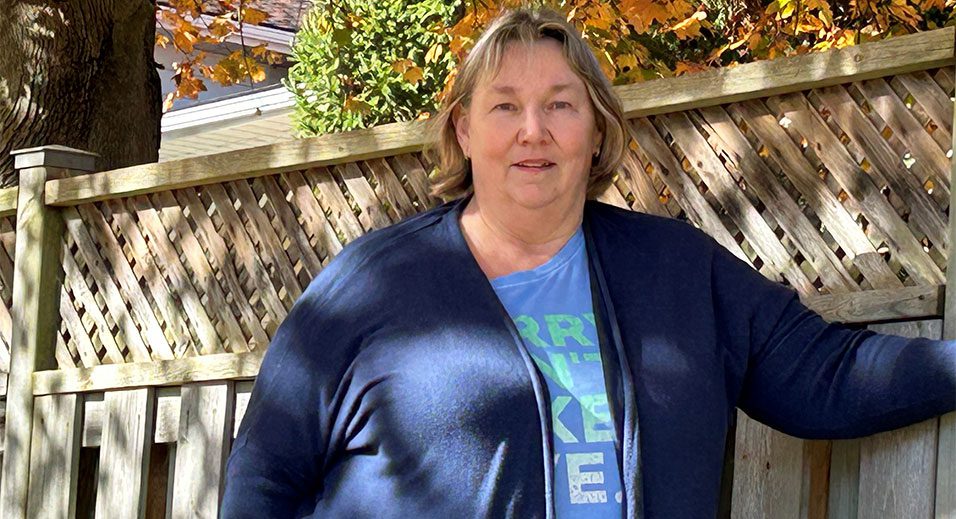Energy efficiency and renewable energy projects are a key part of Maple Leaf Foods’ portfolio of environmental projects that aim to neutralize the emissions we cannot yet avoid.
One innovative project allows university campuses and communities to develop clean, efficient-energy systems and reduce significant amounts of carbon emissions. The project also focuses on the development of renewable energy technologies and the economic development opportunities they could create.
 The University Energy Efficiency & Renewable Energy Projects spans across four university campuses in the United States – Ball State University in Indiana, University of Wisconsin-Milwaukee, Southern Oregon University and the University of Illinois Urbana-Champaign. These universities utilize the investment proceeds to develop more sustainability projects on campus.
The University Energy Efficiency & Renewable Energy Projects spans across four university campuses in the United States – Ball State University in Indiana, University of Wisconsin-Milwaukee, Southern Oregon University and the University of Illinois Urbana-Champaign. These universities utilize the investment proceeds to develop more sustainability projects on campus.
Campus sustainability projects include:
- The nation’s largest ground-source, closed-loop district geothermal energy system at Ball State University
- The University of Illinois Urbana-Champaign set specific targets for campus sustainability in 2010, and by 2015 it had reduced existing building energy consumption by 20 per cent; existing building greenhouse gas emissions by 15 per cent; and obtained 5 per cent of electrical energy from renewable sources
- Southern Oregon University was the first university in that state – and one of the first in the nation – to offset 100 per cent of its energy with clean, renewable power. The university produces some its own renewable energy through a 56-kW solar photovoltaic array that produces more than 70,000 kWh per year
- University of Wisconsin Milwaukee has reduced its Scope 1 emissions by a yearly average of 11.79 per cent relative to the baseline period
Together, the four campuses will reduce approximately 100,000 tCO2e per year. This is equivalent to the average annual amount of emissions of approximately 21,230 vehicles.
Verified Carbon Standard certifies the University Energy Efficiency & Renewable Energy Projects.
Renewable energy projects
Maple Leaf Foods also supports the St. Leon Wind Farm in Manitoba, Canada. St. Leon Wind Farm is home to 63 wind turbines spanning over 93-square-kilometre area and are capable of delivering 99 megawatts (MW) of power. To put this into perspective, 1 MW hour can serve about 650 residential homes.

We also support the Brady Wind I project in North Dakota, USA. The Brady Wind I project is a wind farm comprised of 87 1.7-megawatt GE turbines that produce 149.7 megawatts of power. In combination with the Brady II project, the site is capable of generating enough electricity to power more than 89,000 homes.
Wind energy offers many advantages. It is a renewable electricity source and does not pollute the air like coal power plants that rely on combustion of fossil fuels.
Wind energy also provide economic benefits to local farming communities. Wind farms provide landowners with additional income while still allowing the land to be used for agricultural practices, as the turbines only use a fraction of the land. They can also provide employment opportunities and add to the tax base in the counties where they operate.
Green-e certifies both the St. Leon and Brady wind farm projects.
We are also supporting projects in forestry, landfill and biomass, and waste and composting.



